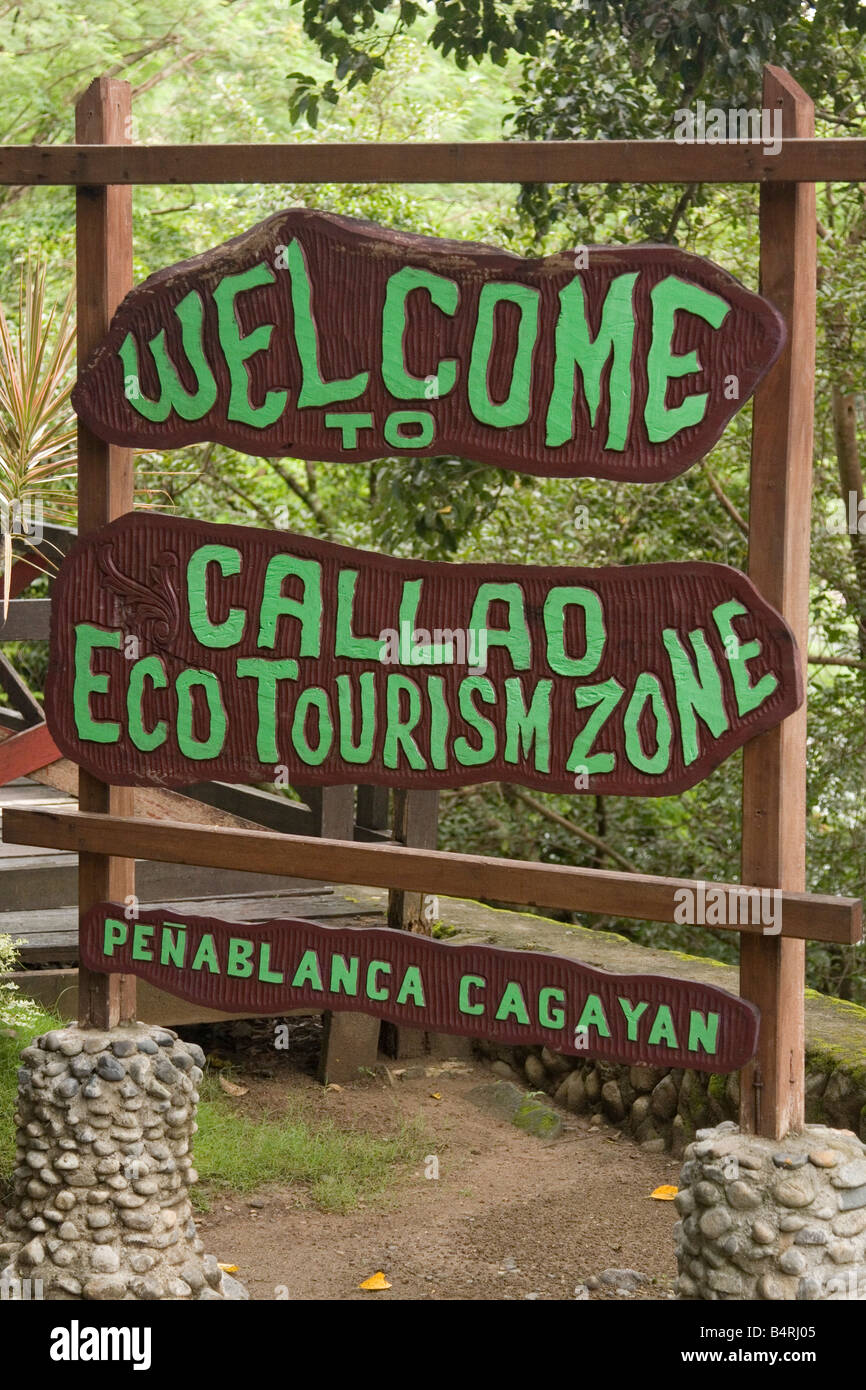The Emerald Path: Navigating the Nuances of Eco-tourism Zones
Eco-tourism, a concept once relegated to the fringes of the travel industry, has surged into the mainstream, promising a harmonious blend of adventure and conservation. At the heart of this movement lie eco-tourism zones, designated areas designed to protect natural environments while fostering sustainable tourism. However, the creation and management of these zones are fraught with complexities, demanding a delicate balancing act between ecological preservation, economic development, and social equity. This article delves into the intricate landscape of eco-tourism zones, exploring their potential, challenges, and the path towards a truly sustainable future.
The rapid expansion of conventional tourism, with its emphasis on mass consumption and minimal environmental consideration, has left a trail of ecological devastation. From coral reef destruction to deforestation and wildlife displacement, the consequences are undeniable. Eco-tourism zones emerged as a counter-narrative, aiming to mitigate these impacts by promoting responsible travel practices.
The Core Principles of Eco-Tourism Zone Development

Conservation Focus: The primary objective is to safeguard the natural environment, including biodiversity, ecosystems, and cultural heritage. This involves implementing strict regulations, monitoring ecological health, and actively restoring degraded areas.
While the principles of eco-tourism zones are laudable, their implementation is often riddled with challenges.
Balancing Conservation and Economic Development
The allure of tourism revenue can tempt authorities to prioritize economic gains over ecological preservation, leading to overdevelopment and resource exploitation.
Addressing Infrastructure and Resource Management

Developing sustainable infrastructure, such as eco-lodges, trails, and waste management systems, requires significant investment and careful planning.
Engaging Local Communities and Stakeholders
Building trust and fostering collaboration between diverse stakeholders, including government agencies, tourism operators, NGOs, and local communities, is essential for effective management.
Mitigating the Impacts of Tourism Activities
Controlling visitor behavior, such as minimizing disturbance to wildlife, preventing littering, and adhering to designated trails, is essential for environmental protection.
Despite the challenges, eco-tourism zones hold immense potential for promoting sustainable development and conservation. To realize this potential, a concerted effort is needed to address the existing challenges and embrace innovative solutions.
Strengthening Governance and Management
Developing robust legal and regulatory frameworks that prioritize environmental protection and community participation.
Promoting Sustainable Tourism Practices
Encouraging the adoption of sustainable tourism certifications and best practices among tourism operators.
Investing in Sustainable Infrastructure and Technology
Investing in renewable energy sources, water conservation technologies, and waste management systems.
Fostering Collaboration and Partnerships
Strengthening partnerships between government agencies, tourism operators, NGOs, research institutions, and local communities.
Empowering Local Communities
Ensuring that local communities have secure land tenure and resource rights.
Examining successful eco-tourism zones can provide valuable insights into best practices and lessons learned.
The Galapagos Islands, Ecuador
Strict regulations, visitor quotas, and mandatory naturalist guides have helped protect the islands’ unique biodiversity.
The Kinabatangan River, Borneo, Malaysia
Community-based eco-tourism initiatives have empowered local communities to protect orangutan habitats and generate income.
The Great Barrier Reef, Australia
Significant investment in reef health research and monitoring.
Eco-tourism zones represent a critical tool for promoting sustainable development and conservation. However, their success hinges on a collective commitment to responsible tourism practices, effective governance, and meaningful community engagement.
Embracing a Holistic Approach
Recognizing the interconnectedness of environmental, economic, and social factors.
Promoting Ethical Tourism
Encouraging tourists to make informed choices and support responsible tourism operators.
Investing in Research and Innovation
Supporting scientific research to understand ecosystem dynamics and tourism impacts.
Eco-tourism zones, when managed effectively, can serve as powerful catalysts for positive change, fostering a future where tourism benefits both people and the planet. The journey towards this sustainable future requires a collective effort, a commitment to responsible practices, and a deep respect for the natural world. Only then can we ensure that the emerald path of eco-tourism leads to a truly sustainable and harmonious coexistence between humans and nature.


